AMAZING GRACE
He was sitting at the breakfast table at el comedor, eyes cast down on his plate, quietly finishing the rice and beans and scrambled eggs. There was something not quite right about this man, dressed in a frayed cowboy shirt and jeans. It took me a few minutes to recognize what was unusual: he had only one leg. As I glanced beneath the table, I noticed the left pant leg was neatly pinned up below his stump. The man had jumped from the roof of a boxcar coupled to a train the migrants call the “train of death,” speeding from southern Mexico toward el norte. His left foot was severed under the wheels.
I will call this man Ernesto, and he is here at the shelter trying to figure out a survival strategy as a disabled migrant in Nogales, Mexico. No easy task. He maneuvers around the comedor with ease and agility on his crutches. He has learned to live without a leg and moves expertly amid the queues of waiting migrants.
Ernesto tells us his story of migration and trauma with great emotion and detail. He was traveling on the roof of a train, also known as “the beast,” and was accosted by bandits in Mexico. During the struggle the thugs threatened to kill Ernesto, grabbing his throat and choking him. Leaping from the train in order to save his life, the terrorized migrant was sucked under the wheels of the boxcar and his left foot was severed.
He lay on the ground for a long time–maybe two days. Several people passed by and ran away, frightened by what they saw, possibly believing he was dead. Finally a woman with a cell phone stopped and called the local police. Ernesto was taken to a Mexican hospital and his leg was surgically amputated below the knee.
Eventually Ernesto made his way to Nogales and today he is trying to figure out how to survive safely and economically. He sleeps in a nearby bus station. He eats at the comedor.
Marla, the volunteer coordinator with Kino Border Initiative, asks Ernesto if he would like to go to a wheelchair factory in Nogales, a facility that is starting to branch out into the manufacture of prostheses as well as wheelchairs. The Wheelchair Shop employs two skilled technicians who are both wheelchair riders. So off we go with Ernesto–two other Samaritans, Marla, and myself.
The Shop is a 10 minute ride from the comedor in an industrial park. The two employees, Beto and Gabriel, have a personal and intimate understanding of the specific needs of people without legs. They each have lost a leg themselves.
The wheelchairs exemplify the ingenuity and tenacity of its creators. Mexican entrepreneurs are masters at recycling parts and making do. For starters, the wheelchairs are all-terrain vehicles, designed to navigate the rough terrain of uneven sidewalks, gravel, and small holes. These chairs are virtually indestructible, built with parts that can be purchased in a local bicycle shop or hardware store. The tires are the same as you see on mountain bikes.
The first thing that strikes me about this workshop is that it is organized and immaculate, with tools hung on the walls and the floor neatly swept. A photograph of Pancho Villa hangs on the wall. The two technicians show us around and proudly explain their wheelchair creations. They are custom built for each rider, depending on their needs. Does the person live on a dirt road? Well, then the front wheels must be separated so the chair can move through soft dirt without tipping forward. Does the client live in the city? There are special adjustments for uneven sidewalks, curbs, and potholes.
Ernesto is here today to discuss a prosthetic fitting for his left amputated leg. And here is the surprise ending to this tale: not only will Ernesto be outfitted with a new prosthetic device, but he was offered a chance to learn the skills needed to build wheelchairs and prosthetic devices. This unique enterprise only wants to hire those individuals who are themselves without a limb. There are smiles and high-fives all around.
No one knows how many amputees and disabled people are in Mexico as a result of their dangerous journey to el norte. I see many on my walks around Nogales. There are no wheelchair or prosthetic manufacturers north of Hermosillo. It is a niche market, and these two enterprising fellows are developing a product to meet this need in Nogales, Mexico. I salute them for their expertise and ingenuity.
Let us not forget that we are all children of immigrants, unless you are an American Indian. How quickly we discount this fact. When I look around the room at the 120 migrants sitting at the breakfast table, each one has a story of hardship and suffering that is as dramatic as Ernesto’s. He lost a foot and and almost lost his life trying to get to our country in order to pick the strawberries I placed on my morning cereal this morning.
My mother was a child of German immigrants. She did not speak English until she started elementary school at age 6. My father was a child of immigrants from Scotland and England. Their parents (my grandparents) lived in rural poverty in Iowa. There were many reasons to wonder if these families would assimilate and thrive. But they did.
They followed the classic pattern of immigrants. They arrived in large numbers, mostly poor, often uneducated. Their children and grandchildren and great-grand children became economically stable, contributing to their communities; they were better educated than their parents, and spoke English. The fears in the past about whether the Germans or the Italians or the Chinese or the Irish would ever assimilate into American culture are unfounded. They are the financial and cultural backbone of this country. Every aspect of Latino migration points to a very typical pattern of integration into American culture in one or two generations. They will be a major positive force in this society, and we will be richer for it.
Ernesto, my migrant friend, is now learning to create prostheses and wheelchairs for others, and he will remain in Mexico. There is hope on the other side of the border, with jobs and educational opportunities strengthening the middle class. You can feel it as you walk the streets of Nogales, Mexico. Shops are opening again, and there is music in the plaza.
Many others will be risking their life on the “train of death” to fulfill their sueño americano, their American dream. They are coming to the United States. The premise of sueño americano is simple: social mobility can be achieved through hard work, regardless of social class or origin of birth. Each person should be able to attain the fullest potential of which they are innately capable.
We must put out a welcome mat instead of funding more Border Patrol agents. Let’s design an immigration policy based on what we believe in, not what we’re afraid of. I believe that every country has a right to control its borders. However the strategy of walls and blockades has created an underground world of smuggling and mayhem, exploiting its most vulnerable victims and encouraging vigilante activities. There is an answer to this–a process of immigration that honors the dignity and humanity of each person.
The journey of the migrant comes at a high price–a piece of their soul. There have been trials and tribulations in this search for a better life. Thousands have died dreaming the sueño americano.
And it has cost me a piece of my soul as well. It is difficult to sleep in peace when people are dying in the desert a few short miles from my home. This is something our Congressional leaders need to ponder in their policy debates. The current dialogue relating to the immigration debate makes no mention of the most important element in this whole complicated mess—the loss of human life in the desert due to an inhumane border policy.
Behind those numbers and statistics are human beings, much like our own ancestors.
They made it. And so can my migrant friends at el comedor.
As I left the comedor today, a few migrants who were washing the breakfast dishes were humming the wonderful old anthem, “Amazing Grace.”
“I once was lost,
But now am found.”
Works for me.
Amazing Grace, by John Newton, written in 1779.
The Wheelchair Shop is a non-governmental and not-for-profit organization under the direction of ARSOBO. Contact Kiko Trujillo in Mexico at: kiko1022@prodigy.net.mx or Dr. Burris “Duke” Duncan in Tucson at: bduncan@peds.arizona.edu for more information if you are interested in sponsoring a child or adult and assisting the family in purchasing a wheelchair or prosthesis.
The Green Valley Samaritans are a group of activists who volunteer their services in both Mexico and the United States striving to create a more humane immigration policy. Their website is: www.gvsamaritans.org
The Kino Border Initiative directs the activities of the comedor in Nogales, Mexico. The vision is to help make a humane, just system of migration a reality between the United States and Mexico. Their website is: www.kinoborderinitiative.org
The Santa Cruz Community Foundation is a non-profit organization focusing on the economic, cultural and philanthropic needs of southern Arizona. Bob Phillips, director of SCCF, can be reached at rtp9@earthlink.net. Phone is: 520-761-4531
I endorse and am proud of the accomplishments of all of these organizations.

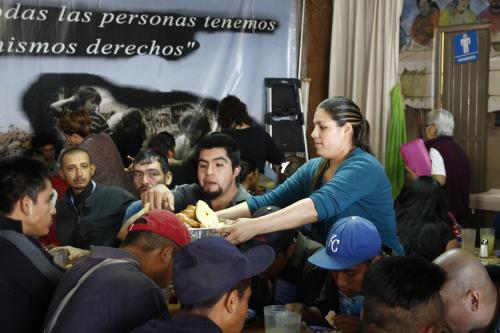
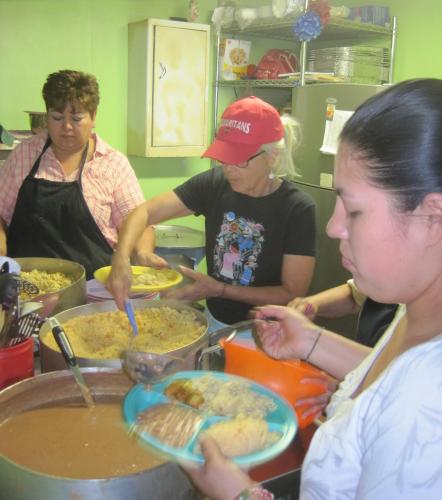
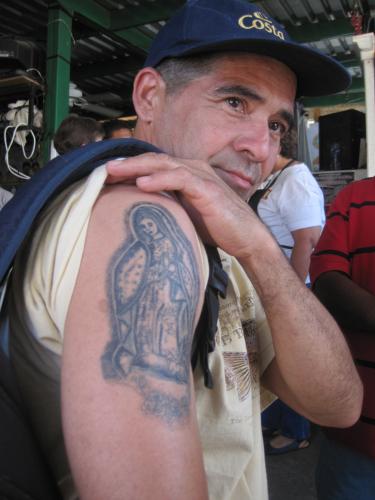
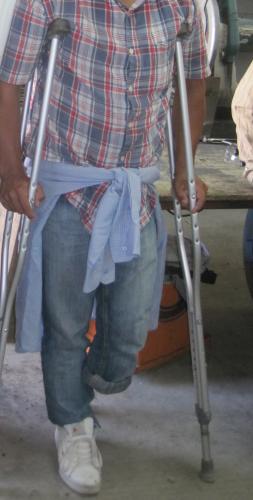
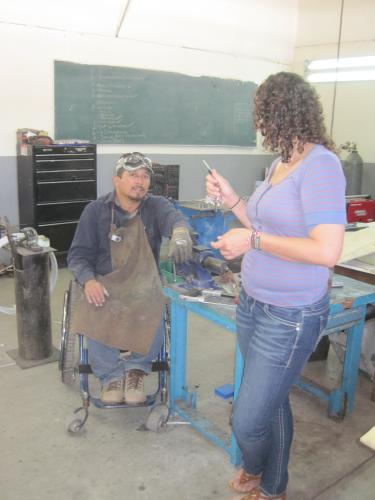
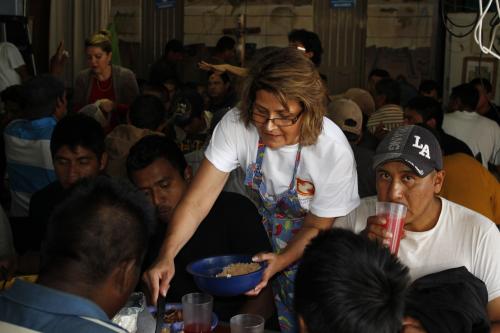
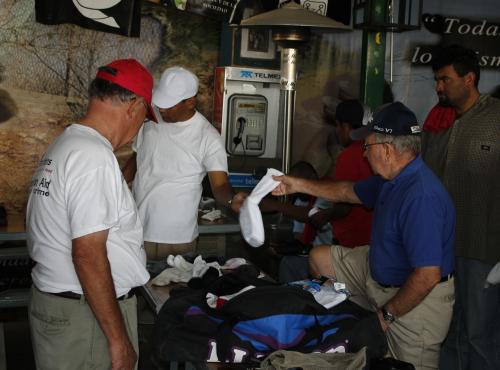
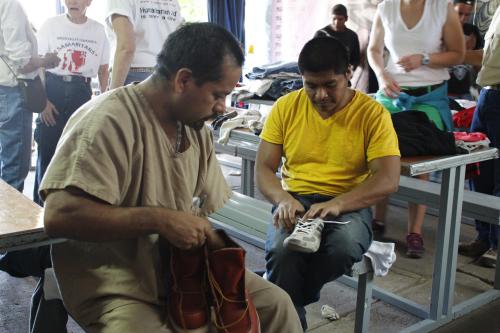
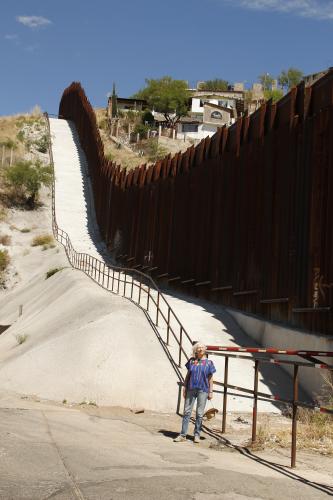
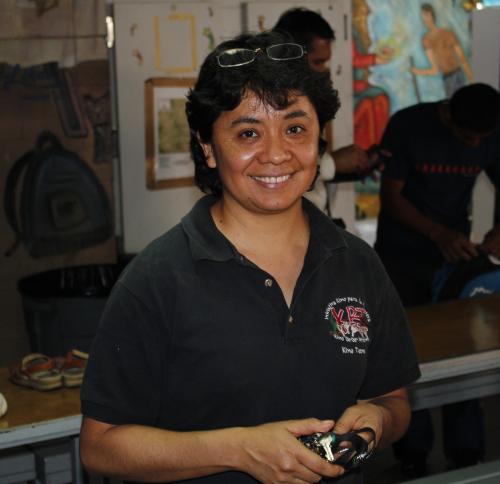
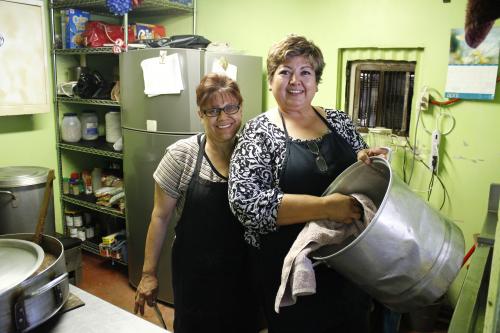
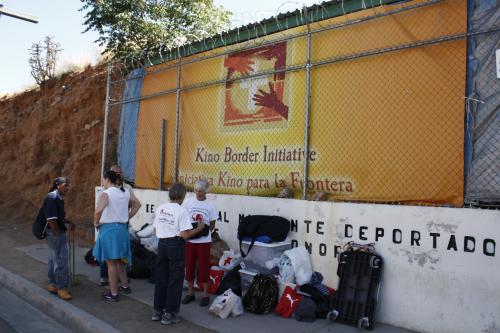
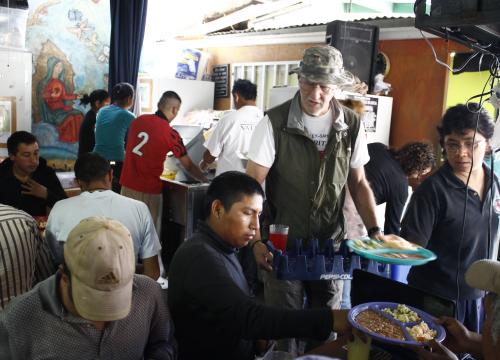
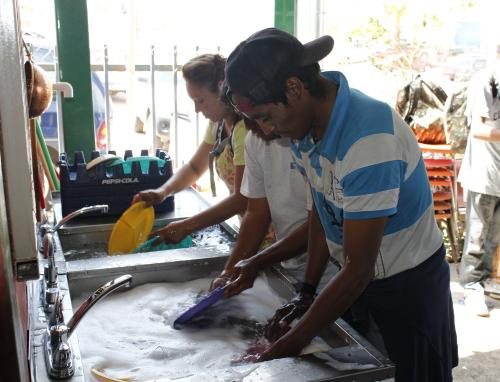

Peg, Amazing Grace takes us on a journey from horror to hope. A strange species we are on this planet. Richard
Wonderful post, Peg, shedding light on both the violence of these policies and the moving resilience of hope — as an enabling prosthetic in the face of loss.
Warm good wishes,
Joseph
Peg, I am always so touched with your compassionate descriptions, portrayals of our neighbors who are trapped on the border, unable to go north and afraid to go south.
Thank you, Peg. I read your posts as you send them and feel so blessed to do so. And the pictures so so much also. You are there, and through you I can be there in a real way. Blessings to you and all.
Dear Peg, Thanks for another installment to the saga, Always looking forward ,always noting the helpers , just too sad if you don’t..YFR
Thank you so much for this!
Is there a way to subscribe so I know when you post something new? I don’t want to miss a thing!
I much appreciated this blog. Like Emilie, I’d like to know how to subscribe so I know when you post something new. Thanks! Hopefullyl, I will relocate to Green Valley soon so I can volunteer with both the Samaritans and the Kino Border Initiative. What important work must be done.
thank you so much for this fabulous blog. hope to visit you guys one of these days. Still too busy as director of HBS” NacoBorder Water Project and a number of other related activities to get to Nogales. Hope to soon.
Lee aka Border Water Woman
“deleted” ? NEVER, please.
Your blogs keep my spirit alive, even as we are 2,000 miles away for the summer.
Thank you so very much for all your efforts and caring, and your poetic graceful writings.
Best regards,
Bill Dixon, Tubac, and Madison, Wisconsin
Jill—to subscribe to my blog, just email me at pegbowden1942@gmail.com, and I’ll add you to my email blog list. You will be notified of regular postings which are about once/month, mas o menos. Thanks for your interest. Hope to meet all of you Bisbee folks sometime. –Peg
Beautiful. And terrible! Putting a human face on political policy brings home how wrong-headed our government has been.
thank you.
Peg,
Your blog is great; I know it takes a lot of time. But your blog paints a great, but sad, picture of the Migrants. Hopefully our citizens and politicians are listening.
Thanks
John Hemann
Peg,
Your stories are so powerful, I am in absolute awe of your steadfastness and compassion. Thank you for sharing these stories, they really need to be told. It’s easy to forget the brutality and courage to which you bear witness while we here find our own little struggles in what seems to be, at times, “The Shire” of Tolkien…
Peace, love, hugs to you from Ashland.
Jamie and Tom